Suwalki, Poland - Russia could launch an attack on NATO precisely from here. Stories from the border town
Could Russia attack NATO?
“Can you imagine a scenario where you would send Russian troops into Poland?” asks Tucker Carlson, the American journalist, to Russian president Vladimir Putin.
By saying “Poland,” the American journalist likely refers to a specific place: the Suwalki Gap. This narrow strip of land between Belarus and the Kaliningrad region is where the borders of Lithuania and Poland meet — and where Russian interests lie. Recently, it has been mentioned increasingly in the context of… World War III.
Journalists from the German outlet Bild, citing sources, write that the Bundeswehr (German army) is considering a scenario in which Russia would attack NATO countries specifically through the Suwalki Gap. The Bundeswehr says it’s merely a training scenario.
And this same scenario is being considered… by a Polish studio developing a war game “Play of Battle.” The events start just before Russia’s full-scale invasion of Ukraine — and then, according to one of the scenarios, the war spills over right here, into the Suwalki Gap.
Correspondents from Euroradio decided to find out how the people of peaceful Suwalki live and what they think about the war.
Quiet, untouched nature
Suwalki is a small city in Poland. It’s closer to the Belarusian city of Grodno than to the nearest large Polish city, Bialystok. The center features a pedestrian street and many cafes. And it’s very peaceful.
We visit the tourist information office. There are few tourists in February, but everything changes in the summer. Guests gather for the popular blues festival, reminded by the graffiti and sculptures on the central street.
“Suwalki is a medium-sized city; it’s very clean here. You can walk from your house to the store or work within 15 minutes… there are no traffic jams like in big cities such as Warsaw or Gdansk,” says local resident Karol Szwierzbin. “Tourists mainly come to Suwalki in search of peace and quiet, but also for nature. Quiet, untouched nature.
Anna from Ukraine wasn’t looking for untouched nature — just a quiet place. She came to Suwalki from Donetsk.
“We left for Kyiv on June 1, 2014. We went for two weeks with two suitcases, three children, with swimsuits… To wait it out. And we’re still waiting. During this time, we’ve changed several cities. I lived in Ukraine, then moved to Poland,” Anna shares.
She has been living in Suwalki for seven years:
“When I arrived, my youngest daughter was nine years old. I liked that children could safely ride their bicycles here, come back from dance classes at nine in the evening. And I knew for sure that nothing bad would happen to them. There’s no crime here, everything is calm and friendly,” Anna shares with us. “There’s a very tolerant attitude towards people here, specifically towards Ukrainians. As long as I’ve lived here, I’ve never encountered any discrimination. And my children, when they came here, were immediately welcomed.
The city is so peaceful that we even feel a bit awkward stopping locals to ask:
“Where are the shelters in case of war?”
Our interlocutors are very surprised by this question. They warm their hands on cups of coffee, pick up children from school, buy magnets in the souvenir shop — and think about anything but war.
In response to our questions, they shrug:
“If something started today, most likely, we wouldn’t know where to run. Maybe just to the basement,” says one local resident.
Another admits: our question scared her.
“For my mental health, it’s important to filter this information somehow, not to believe everything,” says the woman.
Many explain their calmness by “Article 5 of NATO”: if an alliance ally is attacked, all of NATO will try to defend it.
One of the regional residents says that the sounds of military helicopters, which constantly patrol the border, cause her anxiety. These aren’t sounds of war — but they are military sounds, and they resonate loudly against the usual silence of the untouched nature of this region.
At the tourist information center, we’re told that the city, like all cities in the Suwalki region, tries to prepare for the possibility of war. Not because they expect it — but because it’s impossible to predict what will happen.”

“The executive committee and city services provided residents with information on where to find shelters,” says our interlocutor Karol. “But I wouldn’t demonize the significance of the Suwalki Corridor. Politicians often speak of the Suwalki Corridor as a very dangerous place on the geopolitical map, but we need to consider not only the kind of neighbors we have but also the type of landscape we have!
Here, we have the Suwalki Landscape Park — these are post-glacial territories. There’s a lot of hilly terrain. And this is far from an ideal landscape for troop movement.
Attitude towards Russians
Putin says he will send his troops to Poland “only in one case”:
“If there is an attack on Russia from the Polish side.”
And while Vladimir Putin has not accused the neighbors of bloodthirstiness and hatred towards Russians, we asked the locals how relations with neighbors from the Kaliningrad region have been built over the years.
“Before the Ukraine conflict, we got along fine with our neighbors. They’d come over for shopping, probably liked the life quality here in Poland. We saw each other just as regular people. We visited there too. Sure, it felt a bit different, but it wasn’t about being better or worse than anyone. We were just good neighbors,” shares local resident Teresa Szwierubska.
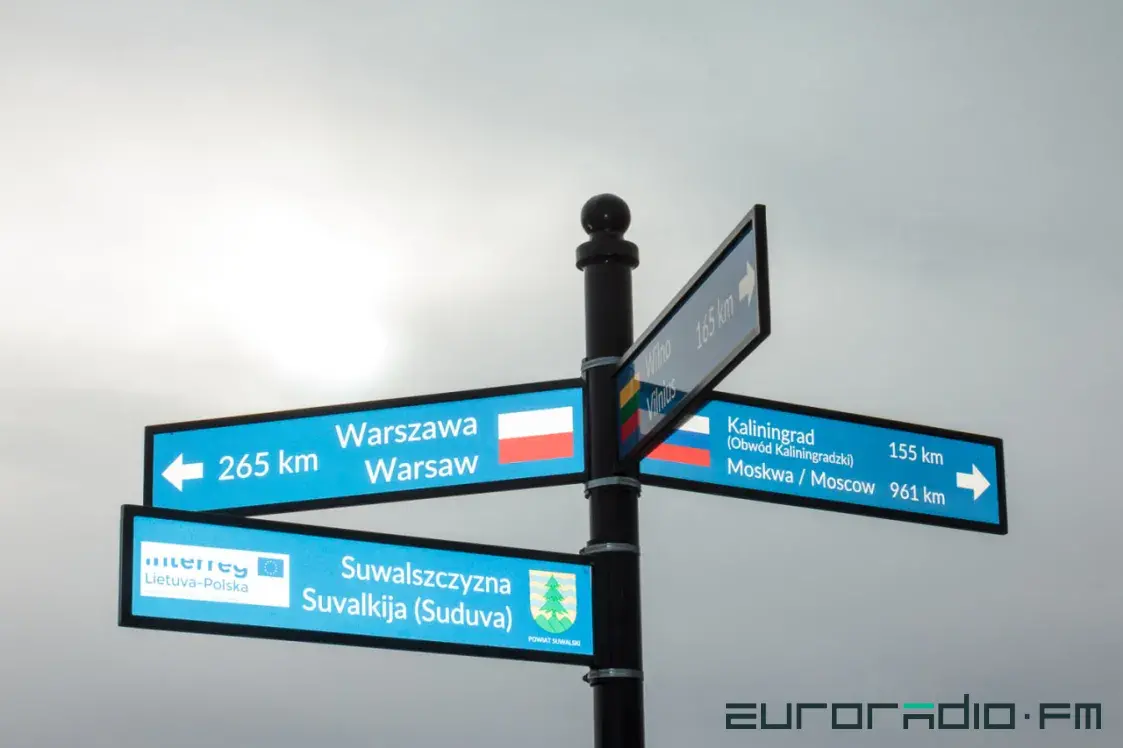
Karol agrees:
“The relations between ordinary people have always been good. Ordinary residents of the Kaliningrad region, just like those from Belarus, are not to blame for having such leaders in power. We can condemn Russia as a state for aggression, but this condemnation should not extend to all its citizens. Because they are not to blame“.
In the local ‘Biedronkas’ (a popular chain of stores in Poland), there are no longer Russians — entry to Poland for residents of the Kaliningrad region, as well as for all Russian citizens, is prohibited.
“It’s a shame in a way. Because it’s a region geographically close to us, now the border is closed, and there’s no chance for things to change,” says Teresa.
Talk of a war that may start in the Suwalki Corridor doesn’t increase the chances for Russians to shop in Biedronka again.
“I’m not expecting it. But I didn’t expect the invasion in 2022 either”
Talk of a third world war starting in the Suwalki Corridor began after the German publication Bild released a secret Bundeswehr document seriously considering a scenario of a clash between Putin’s armies and NATO.
We would like to call this publication ‘alarmist’, if not for one thing. In November 2021, the same “Bild” wrote that in a few months Russia would attack Ukraine. And a few months later…
“Then they leaked their insider. Information about plans that supposedly exist within Russia’s General Staff for a military operation against Ukraine. And then many did not believe ‘Bild’. How did you even get this information, they said. And secondly — it can’t be, because there simply can’t be a war. But it turned out, ‘Bild’ was right,” tells us political analyst Pavel Slyun’kin. “Now ‘Bild’ has released this map, but it’s not about insider information, it’s about how theoretically this Russian military operation would look if it decides to go to war with NATO. And that’s a fundamental difference.“
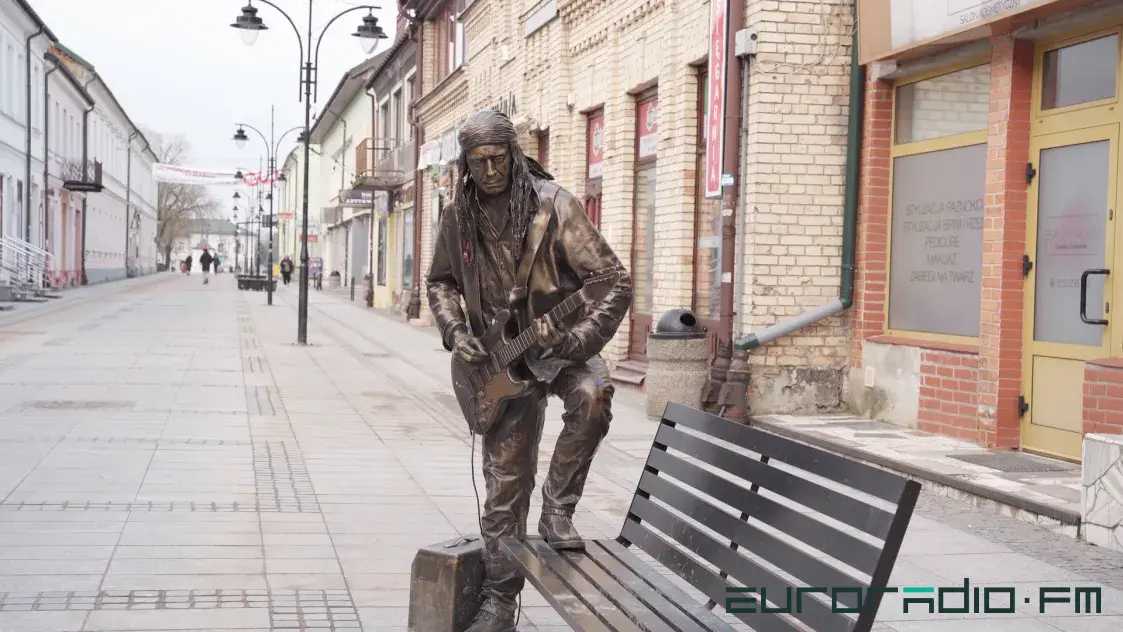
According to a scenario reported by “Bild,” which the Bundeswehr is supposedly considering, in December 2024, an artificially induced “border conflict” and “unrest with numerous casualties” occur around the “Suwalki Corridor.”
“Back then, many laughed at ‘Bild’; now, none of my acquaintances laugh at ‘Bild‘,” says Slyun’kin. “And the fact that the context of our discussion has moved to understand that a war between Russia and NATO is not a fantasy scenario, but a very real possibility in the future, is something that’s being discussed not just by analysts but by Western leaders. And they’re calling on society to prepare for a possible war with Russia. This speaks volumes about how the world has changed in recent years.
Anna Samoylenko, head of the “Ukrainians in Suwalki” organization, does not expect a new war and does not think about it unless someone asks her directly. This time, that “someone” was journalists from Euroradio:
“I don’t think it will happen. But I have to say, I didn’t think the 2022 invasion would happen either.”
Several Ukrainian women in the organization’s premises say — good thing you didn’t ask me. We conclude: not everyone takes the possibility of a new invasion as calmly as Anna.
“But what really worries me is: my car is in the shop. What can I do if my car is in repair? How to leave? If the car was in the garage, there would be no problems at all,” says Anna.
But isn’t Putin stirring things up?
Just a few days before the full-scale invasion of Ukraine, Vladimir Putin assured that he was not preparing for any war. He criticized NATO countries for their sharp reaction to the movement of Russian troops near Ukraine’s borders. He mocked fears that Russia would go to war with NATO as well.
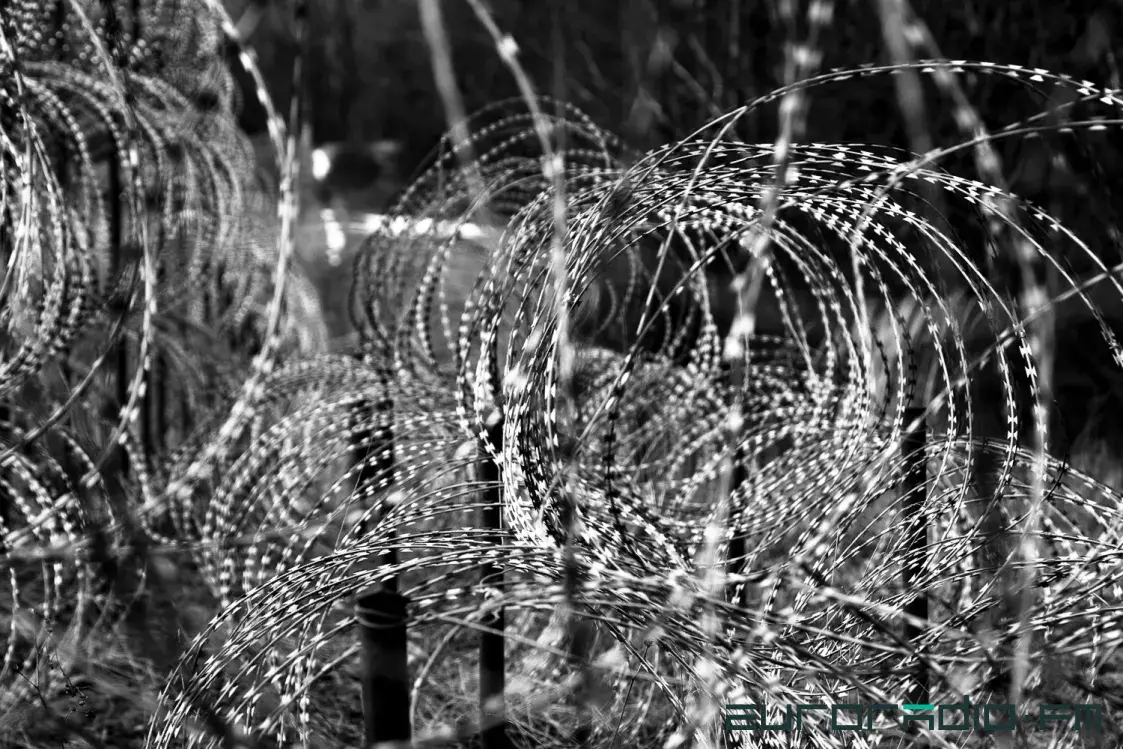
Currently, Putin does not speak of war with Poland, stating, “Only if Poland attacks first.” However, he essentially justifies Adolf Hitler’s attack on Poland, arguing that if Poland had “amicably” agreed to cede the so-called “Polish Corridor,” which connected Germany with Königsberg (now Kaliningrad), World War II would not have started.
We asked Pavel Slyun’kin to explain why Putin is invoking Hitler and the “corridor.”
“When Putin talks about Hitler, he implies: if they had agreed with Hitler, perhaps there would have been no world war. And this significantly changes even the Russian historical rhetoric. It sounded different before. Now, this is a justification of Nazism — a policy that is absolutely illegal even in Putin’s regime.
He compares the situation in Ukraine with the situation between Germany and Poland. You fought over some Danzig and Gdansk, but it would have been better to yield and agree, and we would not have lost tens of millions of lives.
Still: is this a hint that it was not worth fighting for Ukraine — or that it is not worth fighting for Suwalki?
“For now, it seems to me, they are playing informational campaigns, trying to find out if NATO and its allies really will fight for every inch of the alliance’s perimeter. This is a topic many military analysts have discussed after the attack on Ukraine. Like, what if the war had started not against Ukraine but against the Baltic states? The USA would have faced a choice — to send their troops to fight, risking starting a nuclear war, or to freeze the front, not sending Americans to reclaim these territories? Perhaps this way, Putin could prove that Article 5 of NATO doesn’t work.”
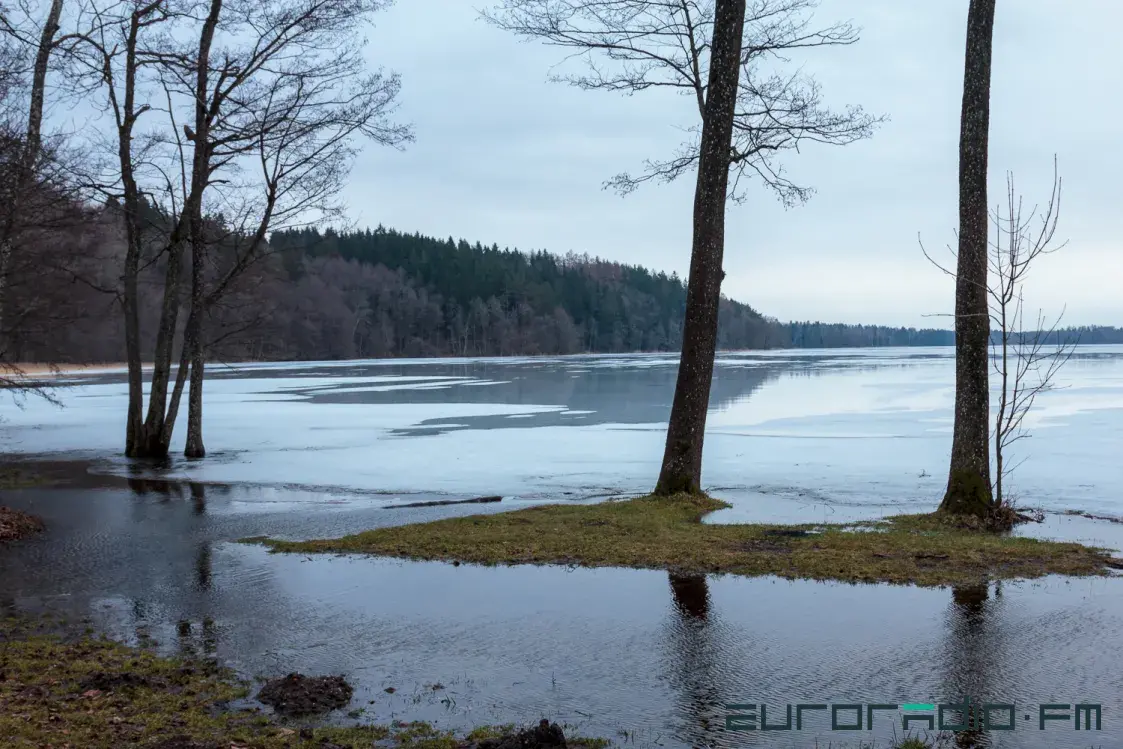
“Now they are trying to check if the United States is willing to fight for every inch of NATO territory, as Biden says,” believes Pavel Slyun’kin.
Let’s return to “Play of Battle”. This fall, the game was announced and several scenes from it were shown in the center of Warsaw. The main principle of “Play of Battle” is that players can influence the development of events with their choices.
We asked Slyun’kin what choices NATO countries could make to prevent a world war.
“Russia currently lacks the capability to conduct this war. But if we see that European countries and their defense industries are unprepared (and since 2022, they haven’t really changed much, they failed to meet even their quite minimalist expectations for manufacturing military equipment and munitions for Ukraine), Russia will feel it has more incentives to attack.
Then we’ll see the re-appearance of Russian troops in the territory of Belarus. They will no longer be on the southern border but closer to the west. And from these signals, it will be understood that something is being prepared.
We will see many more of these beacons, these signals. But for now, Russia is still under Avdiivka.
A week after our interview with Pavel Slyun’kin, Russia captured Avdiivka.
Cranes have arrived
We went to the Trójstyk — the place where the borders of Poland, Lithuania, and Russia meet. A year ago, this place looked different. Russia, as now, was fenced off, but now the fence has become higher, larger, and more frightening.
This fence is a result of the migration crisis.
“Monstrous,” says Rosuł.
He was born in Suwalki. He doesn’t believe that Putin will decide to attack Poland and try to seize the Suwalki Corridor. As we drive to the Tripoint, Rosuł draws our attention to the landscape: it’s all hills and valleys around. Convenient for defense and quite inconvenient for attack, he says.
At the place where the three borders intersect, there are markers measuring the distance to the capitals of each of the three countries. There are no tourists here today.
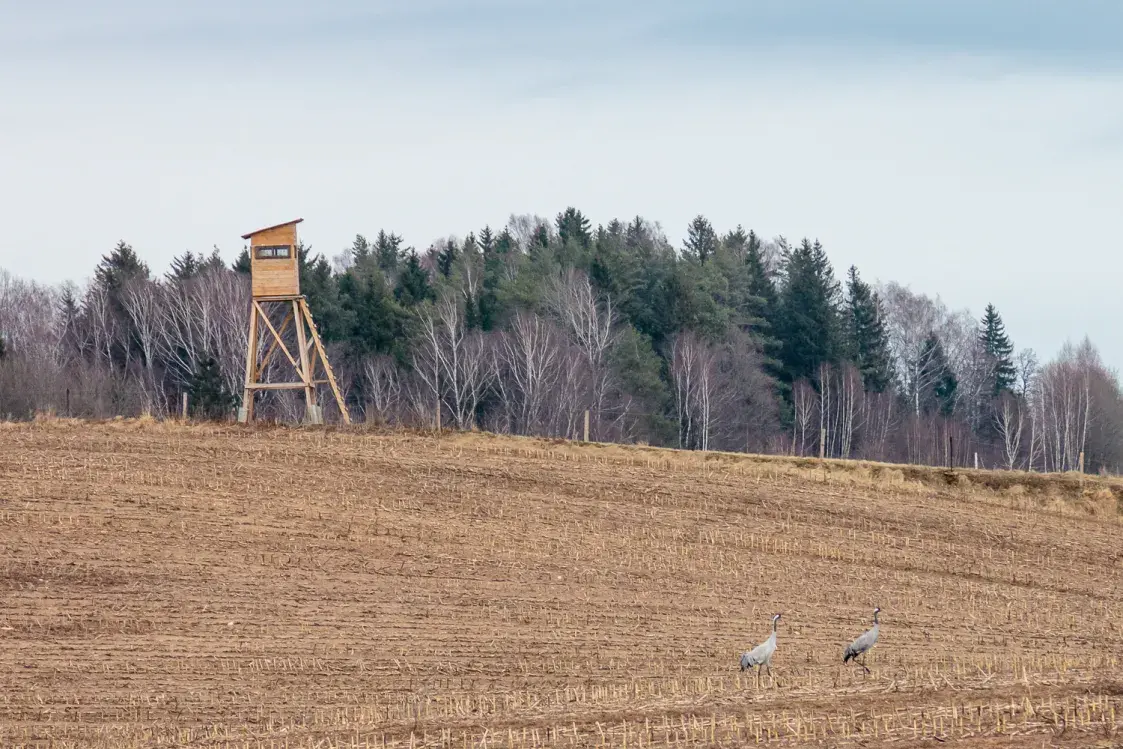
“Look, cranes!” Rosuł draws our attention to the field. “The cranes have arrived. It means winter is over. If only the war could end too.”
Supported by the Media Network


















